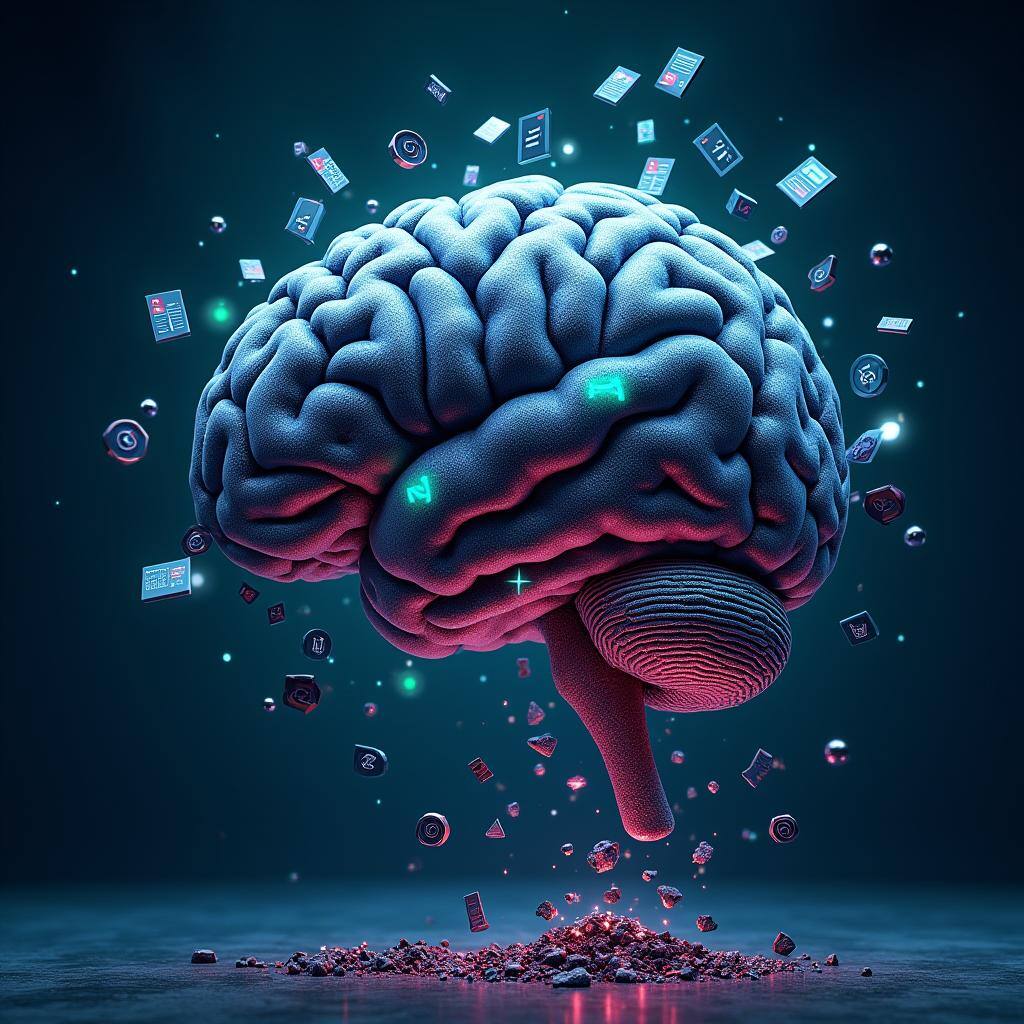Have you ever stopped to consider how instinctively we organize our thoughts, how we naturally process information, and how we inherently focus on getting things done? Our brains are wired to start with the task at hand, understand the context, and then choose the tools we need to solve it. That’s how we operate in the real world.
Work → Context → Tools.
So if you’re hosting a dinner party → you gather info on who’s coming, when, and what to serve → then you gather the tools to make it happen (ingredients, utensils, pots, stove, dinner table, etc.). But when it comes to digital work on our computers, it’s the complete opposite.
In the digital workspace, our computers force us into a workflow that makes no sense from a human perspective. Instead of focusing on the task at hand and naturally flowing from idea to execution, we’re forced to start with the tools - often searching for them, opening multiple apps, and trying to recall where we left off last. Only then do we gather the context, like assembling scattered puzzle pieces. And finally, after all that mental juggling, we begin the actual work.
Tools → Context → Work.
This creates an exhausting loop of finding, organizing and piecing together fragments before we can even start focusing on what matters. Imagine if we started the dinner party by randomly pulling out utensils, pots, and pans, without even knowing what we’re cooking or for how many guests? It makes no sense.
The Cognitive Contortion Act
Think about how many times a day you switch between apps, scroll through endless tabs, and click around, trying to find where you left off in a document or chat thread. All of that is cognitive load, and it’s draining. It pulls your attention away from the meaningful, creative work you should be doing and forces you into the administrative overhead of managing your own tools. The constant switching and context loss creates friction that shouldn’t exist. Our brains aren’t wired to work this way.
It’s ironic, isn’t it? Computers, the very tools meant to help us get things done, actually make us work against our instincts. They prioritize the apps over the work, the tools over the context. It’s no wonder we feel drained, overwhelmed, and constantly behind.
How We Should Be Working
If we could work with our computers in a way that aligns with how our brains naturally function, the process would be simple:
- Start with the task, project, or work that needs to be done
- Instantly have access to all the relevant context you need - documents, conversations, decisions, updates
- Seamlessly engage with the tools that support that work without having to find them or pull them together yourself
- Immerse yourself in deep focus, protected from distractions
Simple, right? Our digital workspaces should adapt to how we think and work, not the other way around.
Why Aren’t Our Computers Working The Way We Do?
The graphical user interfaces (GUIs) that we still use today were developed decades ago to solve a computer science problem, not a human one. They were designed to help people interact with a computer by selecting commands and tools visually, and running more than one app simultaneously. At the time, this was revolutionary, but the fundamental structure of these systems hasn’t changed much since the 1980s.
The problem is that these environments weren’t built for the proliferation of apps, tools, and workflows we rely on today. They were never intended to support the vast ecosystem of specialized software, let alone manage the flood of data, notifications, and multitasking that defines our modern work experience. Our GUIs still force us to work in ways that computers understand best, rather than ways that align with how we naturally think and process information.
This outdated infrastructure is why we end up spending so much time managing our tools instead of focusing on the work itself. We’re bending our minds around the limitations of systems that weren’t built for today’s complexity.
How Do We Fix This?
The issue isn’t with the individual apps or tools we use - it’s with the environment itself. So adding yet another app into this disjointed ecosystem won’t fix the core problem. The real solution lies in rethinking the system, not just patching it with more apps or integrations.
So how do we fix it?
We change the environment. What we need is a system that adapts to the way humans work, and that’s where Reframe comes in. At Reframe, we’re building a new kind of environment - an Organized Work Environment (OWE) - that fundamentally changes how we work with computers. Instead of adding another app to the noise, Reframe’s OWE acts as a wraparound environment that infuses contextual awareness into your existing tools and workflows. This new layer fills in the gaps between your apps and information, making sure that your computer holds the context for you the way your brain does when connecting all the pieces.
Reframe’s new technology organizes your work into Streams that follow the natural order of how humans work: Work → Context → Tools. This means that instead of bouncing between scattered apps and searching for information, you’re presented with everything you need, in one place, and your tools support you naturally - without needing to change or replace the apps you already know and love.
The Future of Work, Reframed
Imagine sitting down to work, and instead of juggling apps or finding where you left off, you’re presented with everything you need - ready and organized. It’s all in one place, flowing naturally, just as your brain operates.
That’s what Reframe is building with the OWE. By removing the cognitive load of managing your tools and the mental friction of constant switching, Reframe allows you to focus on what really matters: the work itself. You’re no longer piecing together fragments, hunting for context or tools, or managing the digital chaos. Reframe does that for you, so you can work the way you’re meant to - naturally, efficiently, and without distractions.
It’s time we stop working against the grain of how humans naturally function and start embracing the flow that feels instinctive. Reframe is building the future of work, where technology aligns with human instincts, and where digital environments finally support the way we naturally think and work, to make work flow.
Interested in trying it out for yourself? Sign up to be one of our first users >




